Wodyetia bifurcata (Foxtail Palm)
Price on Application
Description
Wodyetia bifurcata (Foxtail Palm) Is endemic to a remote area of the Cape York Peninsula in the Melville Range of Queensland, where it grows in monsoonal and rocky scrubland on sandy soils at elevations to 1200 feet. The common name of foxtail palm alludes to the plumose leaves. The species is endangered in its restricted native habitat because of the heretofore rampant collection of its seeds for ornamental horticulture. The trunks attain 50 feet of height in habitat. They are columnar, light gray to nearly white with widely spaced, prominent darker rings in their younger parts, and often slightly swollen near the middle of the stem. The smooth crownshaft is 3 feet tall in mature specimens, light to bluish green, the same diameter as the trunk at its base, and tapering from base to top. The leaves are borne on short petioles and are from 8 to 10 feet long with many medium to dark green leaflets growing from different angles around the rachis, the visual result being one of the most plume-like leaves in the family. Each leaflet is either apically cleft into two or more linear segments or lobed, the apical pair usually united. The much-branched inflorescences grow from beneath the crownshaft and hold small yellowish green flowers of both sexes. The 2-inch-long fruits are ovoid and deep orange to red when ripe. The foxtail palm can endure drought but grows slowly and looks stunted and usually chlorotic. Its deep root system taps underground moisture. It is slow growing in shade but wonderfully fast in full sun. While it survives in calcareous soils, it needs a slightly acidic medium that is freely draining. The palm is not hardy to cold but usually survives short periods at 28 ??F unscathed. The palm is similar to Royal Palm (Roystonea regia) but not as massive. It is among the best species for creating the royal look when planted in lines along an avenue or other promenades, and, as a canopy-scape, is nearly unrivaled. It resembles the Queensland black palm, Normanbya, and faster growing; it is the poor mans Normanbya. It is easily grown indoors if given enough light and space.

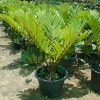


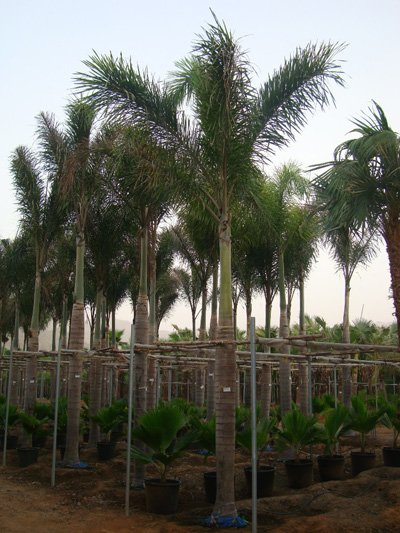


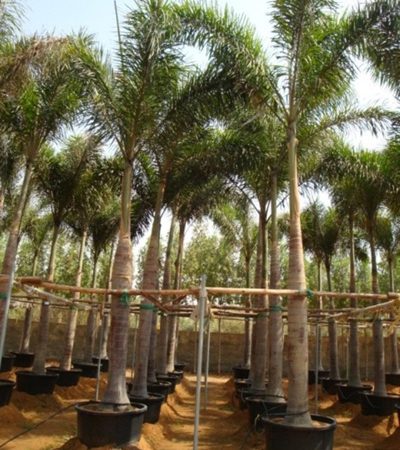


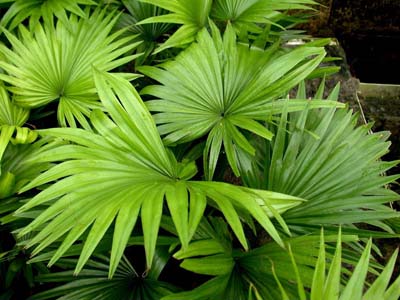


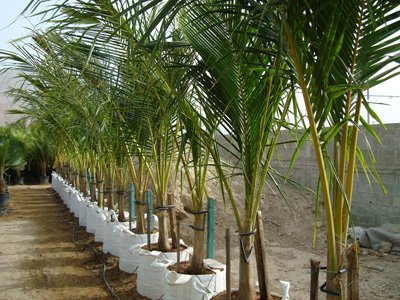

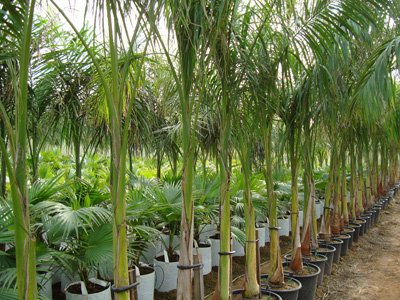


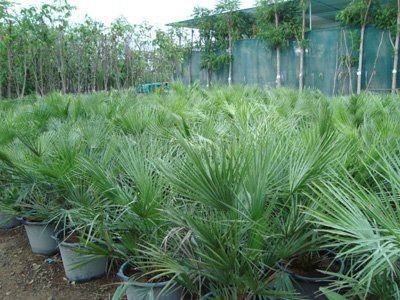
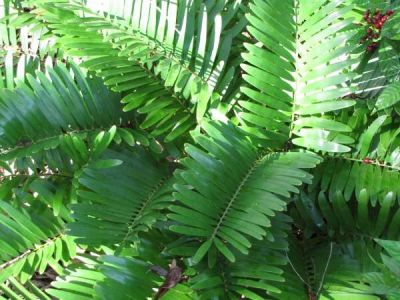
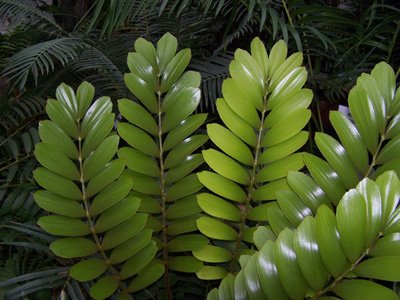



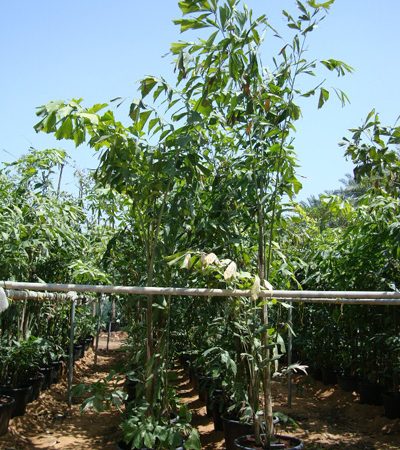
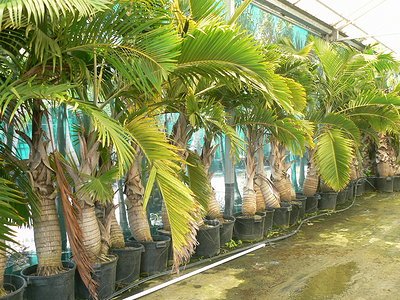

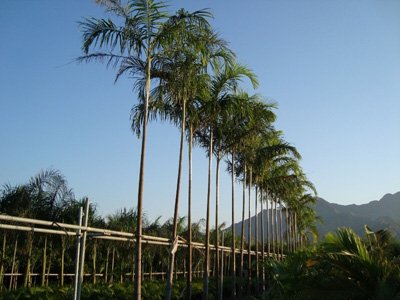
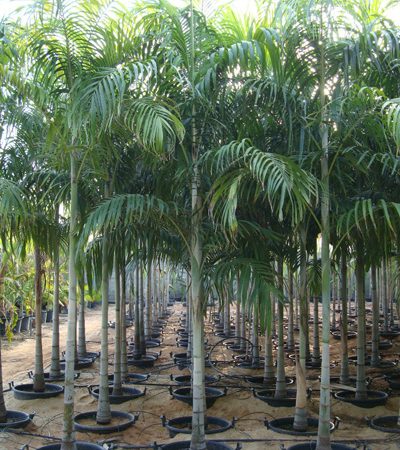


Reviews
There are no reviews yet.